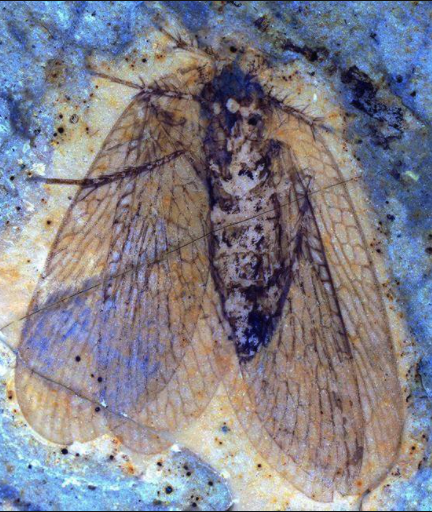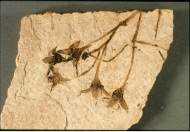
News/Reports
Eocene Fossil Ecological Reserve Proposals #157
Fossil biotas from the Okanagan Highlands, southern British Columbia and northeastern Washington State: climates and ecosystems across an Eocene landscape1
David R. Greenwood, S. Bruce Archibald, Rolf W. Mathewes, and Patrick T. Moss
Abstract: The late Early to early Middle Eocene Okanagan Highlands fossil sites, spanning 1000 km north–south (northeastern Washington State, southern British Columbia) provide an opportunity to reconstruct biotic communities across a broad upland landscape during the warmest part of the Cenozoic. Plant taxa from these fossil sites are characteristic of the modern eastern North American deciduous forest zone, principally the mixed mesophytic forest, but also include extinct taxa, taxa known only from eastern Asian mesothermal forests, and a small number of taxa restricted to the present-day North American west coast coniferous biome. In this preliminary report, paleoclimates and forest types are reconstructed using collections from Republic in Washington State, USA., and Princeton, Quilchena, Falkland, McAbee, Hat Creek, Horsefly, and Driftwood Canyon in British Columbia, Canada. Both leaf margin analysis (LMA) and quantitative bioclimatic analysis of identified nearest living relatives of megaflora indicated upper microthermal to lower mesothermal moist environments (MAT 10–15 °C, CMMT > 0 °C, MAP > 100 cm/year). Some taxa common to most sites suggest cool conditions (e.g., Abies, other Pinaceae; Alnus, other Betulaceae). However, all floras contain a substantive broadleaf deciduous element (e.g., Fagaceae, Juglandaceae) and conifers (e.g., Metasequoia) with the bioclimatic analysis yielding slightly higher MAT than LMA. Thermophilic (principally mesothermal) taxa include various insects, the aquatic fern Azolla, palms, the banana relative Ensete, taxodiaceous conifers, Eucommia and Gordonia, taxa which may have occurred near their climatic limits. The mixture of thermophilic and temperate insect and plant taxa indicates low-temperature seasonality (i.e., highly equable climate).
A review of the plants of the Princeton chert (Eocene, British Columbia, Canada)1
Kathleen B. Pigg and Melanie L. DeVore
Abstract: The Princeton chert is one of the most completely studied permineralized floras of the Paleogene. Remains of over 30 plant taxa have been described in detail, along with a diverse assemblage of fungi that document a variety of ecological interactions with plants. As a flora of the Okanagan Highlands, the Princeton chert plants are an assemblage of higher elevation taxa of the latest early to earliest middle Eocene, with some components similar to those in the related compression floras. However, like the well-known floras of Clarno, Appian Way, the London Clay, and Messel, the Princeton chert provides an additional dimension of internal structure. In the present study, we outline the history of Princeton chert plant research, starting with Boneham and others, and extending into studies by Stockey and her students and colleagues. These studies were undertaken primarily at the University of Alberta, Edmonton. We then re-examine the individual elements of the Princeton chert flora, using the framework of the currently recognized Angiosperm Phylogeny Group (APG III) phylogeny and in light of recent fossil discoveries. We hope that this update will bring to mind new aspects of the significance of the Princeton chert flora to Paleogene paleobiology, biogeography, and plant evolution.
Key words: Allenby Formation, aquatic plants, fossil monocots, Okanagan Highlands, permineralized floras.



